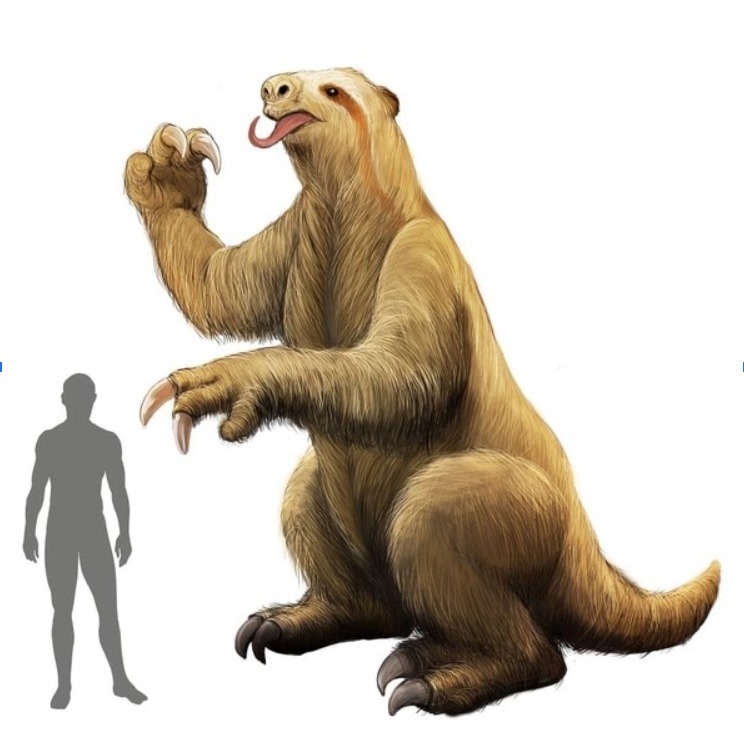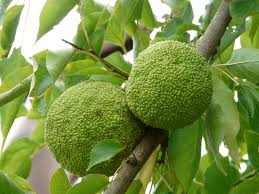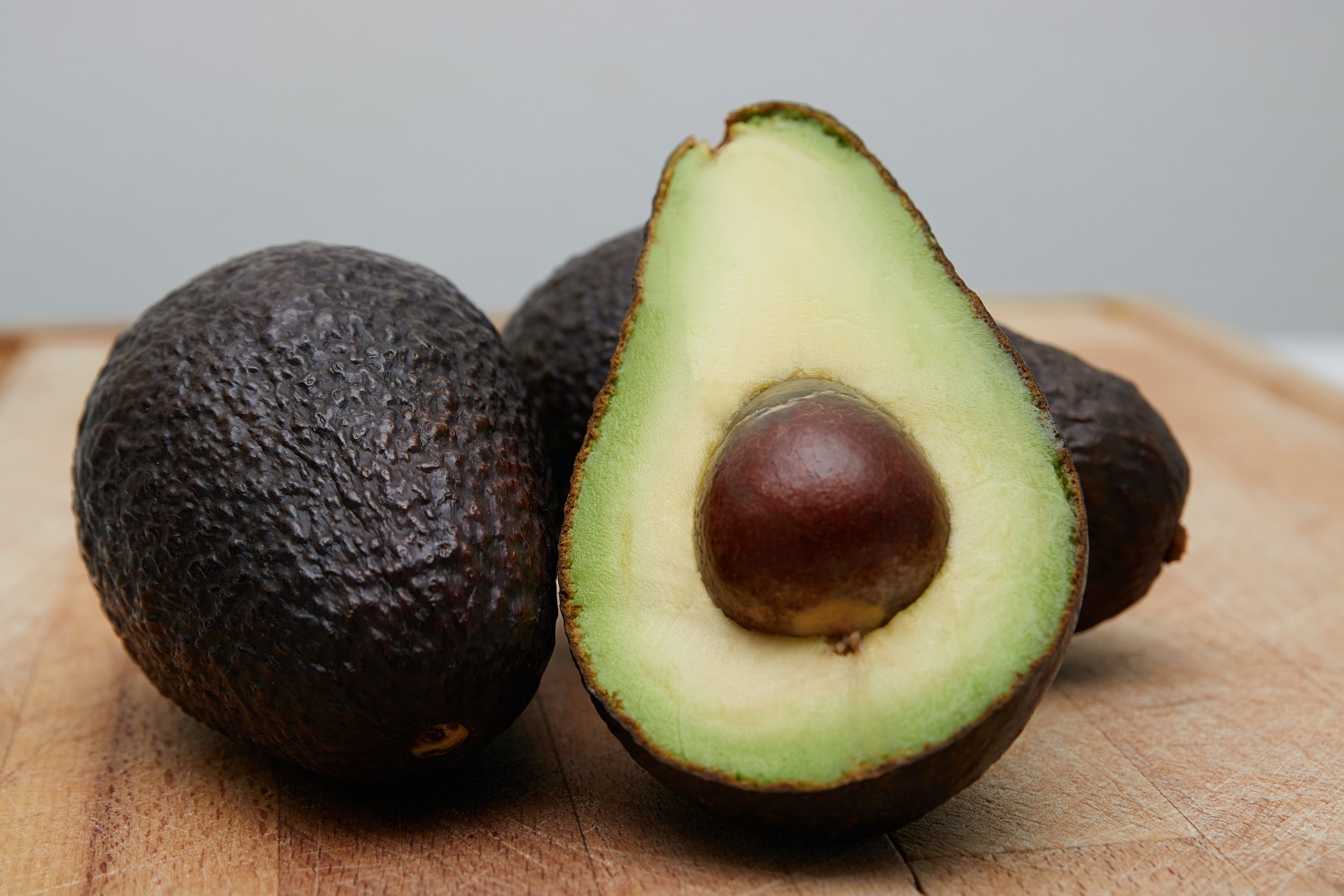Avocados are one of the most delicious fruits, especially when smashed with some lime and garlic salt. But have you ever really looked at an avocado? Because they are odd for a fruit.
Avocado pits, the seeds of the Persea americana plant, reach the size of a golf ball or larger. They are much too large to be swallowed by any of the animals that live where avocados originated in southern Mexico and Guatemala. That’s strange when you consider the purpose* of fleshy fruits like avocados from the perspective of the plant. Plants produce these fruits so that animals will eat the them, swallow the seeds and excrete them some distance away. This disperses the seeds and leads to the growth of new plants.

Image: The Sloth Conservation Foundation
Yet in their original habitat in southern Mexico and Guatemala, nothing eats the seeds. The avocado tree has invested significant energy to grow that seed. So why go to the effort when the seeds are just going to rot on the ground?
The answer: giant ground sloths.
These animals, known as Eremotherium, were creatures the size of elephants that roamed the Americas starting about 5.3 million years ago. Up to 20 feet long on four legs and reaching up to 13 feet tall when rearing up on their hind legs, they were perfectly capable of reaching into a tree and snagging a nice ripe avocado. Swallowing the seeds would have been no issue for these enormous beasts.
Like most sloths, Eremotheriums moved slowly, but they would have trundled off and pooped out the seeds in their own sweet time, and the next generation of avocado trees would have been assured.
Unfortunately for the avocado–and the giant ground sloths–these animals went extinct around 11,500 years ago.
Botanists have coined a term for this sort of situation: evolutionary anachronism. It describes an adaptation that is chronologically out of place–an attribute of a living species that is best explained as a result of having evolved alongside another species that has since become extinct.
Other examples of evolutionary anachronism are just as fascinating:

Osage orange (Maclura pomifera). Many Texans are familiar with the fruit of the bois d’arc tree, a bumpy lime-green sphere about the size of an orange. Known as Osage oranges, hedge apples or horse apples, these fruits usually rot on the ground. Some animals eat the fruits, but none swallow the seeds. The tree therefore lacks an obvious means of propagation.
A few other relevant facts: The bois d’arc tree has sharp thorns, but they are widely spaced–too widely spaced to dissuade deer from eating its leaves. In addition, bois d’arc fossils have been found across North America all the way to Canada, but when Europeans arrived in North America, the range of the tree was limited to East Texas.
Botanists suggest that Osage oranges were likely favorite fruits of mammoths and mastodons along with ground sloths and American horses. These animals went extinct around the same time as the Eremotherium, likely as a result of intensive hunting by the first humans to settle in the Americas. Bois d’arc thorns would have kept these large mammals from stripping the leaves off the tree, but the fallen fruits would have provided a ready meal for hungry mammoths, who then spread the seeds far and wide.
The loss of these large mammals put the tree into steady decline until its usefulness was discovered by European settlers, who planted it across the continent as a living hedge.

Joshua tree (Yucca bevifolia). These striking plants have become symbolic of Mojave Desert and the southwestern United States. The distribution of the plant is limited to the desert at elevations between 1,300 and 5,900 feet.
The Joshua tree grows large, fleshy fruits at the ends of its branches.** This is a curious pattern, since the largest wild mammals native to the area, mule deer and bighorn sheep, can only reach the fruits on the lowest branches. Fruits on higher branches usually remain uneaten.
However, mastodons, mammoths, and Gomphotheriums, extinct animals related to elephants, were all big enough to reach the highest branches of the tree. Western camels, which were 30 percent larger than modern dromedaries, could also have dined on Joshua tree fruits, as could another type of ground sloth. Without these animals distributing their seeds, the range of the Joshua tree declined to its current narrow sliver of desert.
Ginkgo (Ginkgo biloba). We’ve written before about the fascinating ginkgo tree, which is considered a living fossil because it has survived roughly 200 million years essentially unchanged. The plant produces fruits that smell absolutely horrible, according to all reports. (Your humble newsletter writer has, thankfully, not experienced eau de ginkgo.) Few animals eat the seeds, limiting their dispersal. Similarly, no insects pollinate the ginkgo, leaving pollination exclusively to the wind.

Botanists have proposed that ginkgo seeds evolved to attract animals that have long been extinct. One proposed target are Ptilodus mammals, creatures roughly the size of squirrels that likely lived a similar lifestyle in trees. Small therapod dinosaurs could have also eaten and dispersed ginkgo fruits.
As for pollination, researchers have proposed the plant coevolved with several now-extinct pollinating insects in the Mecoptera or scorpion fly order.
Without dinosaurs or extinct insects, ginkgos once seemed on the verge of extinction. Millions of years ago, the trees grew in vast forests across the world. By the late 17th century, they were restricted to a few isolated valleys in China–and some botanists have argued that even these stands of trees were actually not wild but had been planted and tended by humans.
The fate of evolutionary anachronisms. As this discussion makes clear, evolutionary pressures do not favor evolutionary anachronisms. Unless these plants can evolve new ways to pollinate and disperse their seeds, they will likely go extinct themselves.
All four of these plants are cultivated by humans, so their future seems assured for now (although native populations of Joshua trees are under threat from climate change.) Evolutionary anachronisms that humans have not embraced as attractive, useful or delicious on toast are more likely to follow their coevolutionary partners to extinction.
Ginkgo trees have no way of knowing that dinosaurs are no longer munching on the stinky fruits the tree put so much effort into growing. It’s a very romantic, very human idea that Joshua trees and bois d’arcs miss the mammoths, and one not at all supported by science.
But as a human, the next time you scoop a dollop of guacamole onto a chip, remember the giant ground sloths who also enjoyed avocados very long ago.
* To be clear, plants don’t actually grow fruits for any particular purpose. Plants follow genetic instructions in their DNA. Over time, environmental pressures lead to the preferential selection of traits such as the production of fruits with large seeds in an environment that includes large animals that will eat and disperse these seeds. This article implies purpose as a literary shortcut, but readers should keep the reality in mind.
** The Joshua tree also gave its name to an album frequently described as one of the greatest of all time by the Irish rock band U2, but that is not strictly relevant to this account.







